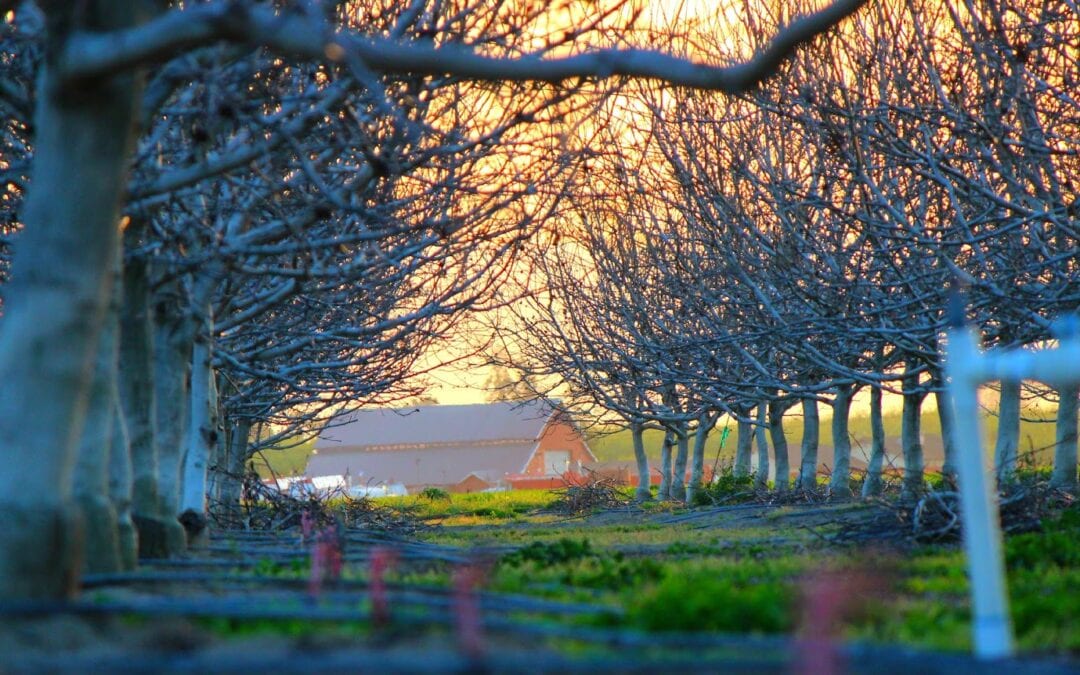When it comes to your pecan trees, nut production is probably very important to you! Did you know that a healthy pecan tree can grow up to 3 to 5 feet per year? While pecan trees can produce delicious nuts that can be used in a wide variety of ways, there are some tips to ensure you get the best pecan tree nut production you can.
Learning how to properly care for your pecan trees can make or break your annual harvest. As a Georgia pecan tree enthusiast, you’re going to want to grow trees that are tall, full, and have the ability to produce yearly harvests of delicious nuts. We’ve compiled a list of the best ways to care for your Georgia pecan tree that will surely bring you a great nut production.
Here are the top tips for the best pecan tree production:
- Maintain a Healthy Habitat
- Prune Your Trees
- Remember to Pollinate
- Keep Pests Under Control
- Fertilize Your Trees
- Remember, Water is Important
Maintain a Healthy Habitat
While pecan trees can survive in a range of acceptable temperature extremes, generally, Georgia pecan trees will thrive in hardiness zones 7-9. Your trees can survive in temperatures as low as 20 degrees below zero, however, as you are trying to produce the best nut harvest, you will want to maintain a minimum temperature in the range of 45 to 55 degrees Fahrenheit for your pecan trees.
On the opposite end of the spectrum, pecan trees like to stay below 80 degrees Fahrenheit. While they are able to withstand temperatures above this level, a happy tree will have better nut production. Happy Georgia pecan trees like to thrive between 45 degrees and 80 degrees on average.
Visit Georgia Pecan Nursery to learn more today!
Prune Your Trees
In order to maintain a thriving tree that produces a great harvest, you’ll need to partake in regular grooming and pruning. Pruning your Georgia pecan tree would typically consist of removing broken, dead, or otherwise interfering branches to promote healthy growth of the remaining branches. This should be performed during the dormant season of growth, which is generally between middle December and early spring.
Your goal here is to help your tree grow more freely and smoothly. Be sure to target any branches that are crossing over other branches or growing toward the middle of the tree. These branches can keep light and air from getting to the trunk of the tree and hurt the growth of your pecan tree. Be sure to also seal any cuts that you make with white latex paint as this prevents the growth of mold or fungi in the cut wood grain.
Remember to Pollinate
Different varieties of pecan trees release their pollen and bloom at different times. While in the wild, this can promote cross breeding, you probably won’t want to cross breed your own pecan trees. Usually, it’s recommended that you grow your pecan trees in at least a pair of two. When you’re planting your trees, be sure they are trees that will complement each other by releasing their pollen at an appropriate time.
Typically, Georgia pecan trees are separated into two types. The first type sheds their pollen early and blooms later, whereas the second type sheds pollen later and blooms earlier. Planting one of each type near each other will drastically increase your chances of proper pollination to encourage nut growth.
Keep Pests Under Control
In order to produce the best pecan harvest, you’ll need to keep pests under control. When it comes to your Georgia pecan tree, there are a number of potential threats that can affect nut growth. Most pests will be specific to your location and weather.
Check for pecan nut casebearer, as they are often found in the form of their larvae and eggs laid in the early season. Hickory shuckworm is a third-generation type of moth that can cause various issues in your pecan nurseries. Look out for nut curculio as this pest can often affect trees closer to other wooded areas. Another pest to keep an eye on are pecan weevils. These pests are considered to be the most serious threat to your pecan trees and appear late in the season. As long as you keep an eye on your trees and treat pests as soon as you recognize them, your tree should still produce a great nut harvest.
Fertilize Your Trees
The soil you plant your pecan trees in is the soil that will provide food to your crop. Fertile soil will give you the best chance at a successful nut harvest. Your Georgia pecan trees will typically require at least one fertilizer treatment annually to keep them healthy and producing.
Be sure to test your soil so you’ll know exactly what you’re dealing with. Otherwise, you can go by the general rule of applying a 10-10-10 blend. Use about 4lbs of the mixture for every one inch of trunk diameter. Apply the fertilizer at the end of the winter, right before the growing season starts.
Remember, Water is Important
As with every plant, water is vital to your Georgia pecan tree’s survival. Pecan trees tend to like to be moist. For those who live in rainy areas, your trees will likely get the water they need naturally throughout the year. However, pay attention to any drought seasons as your plants will need to be supplemented with extra watering.
Pecan nuts tend to begin forming around September. This is a particularly important time to pay attention to the amount of water your crop receives. Mature trees can require as much as 350 gallons of water each day throughout the nut-filling stage.
If you’re looking to purchase a variety of pecan tree types or you’re looking for more information to help care for your Georgia pecan trees, contact Georgia Pecan Nursery today!

